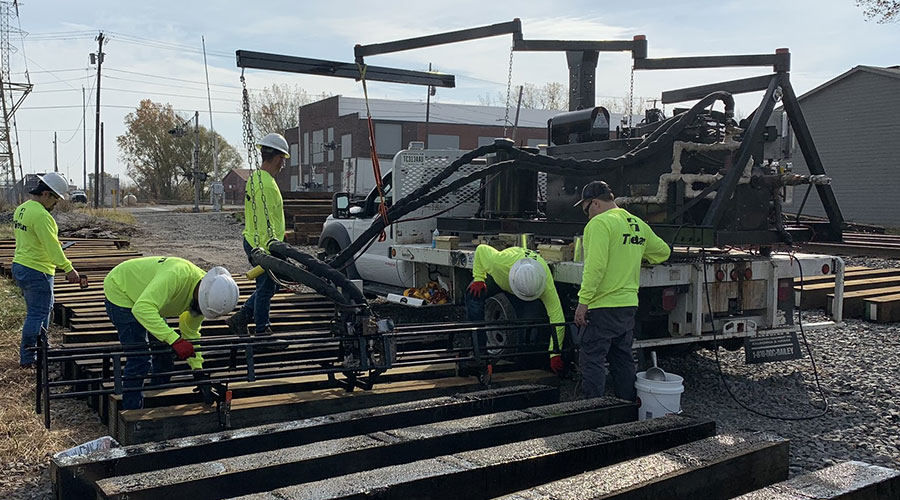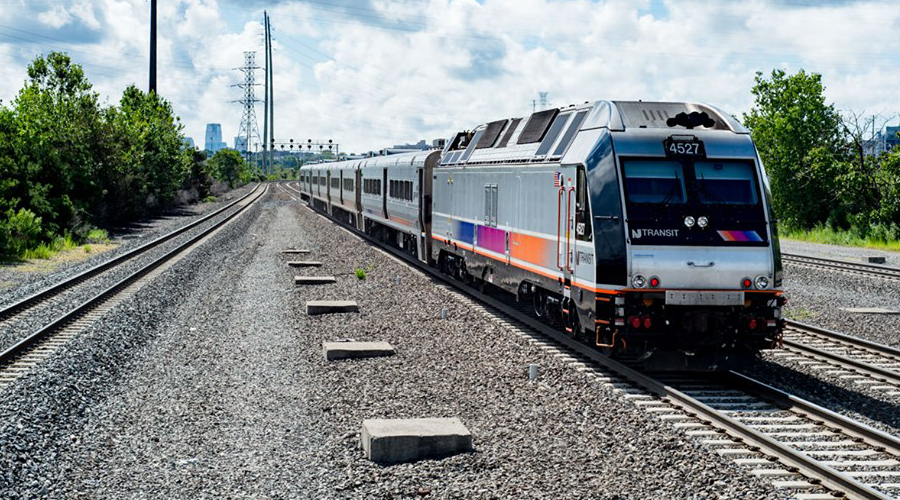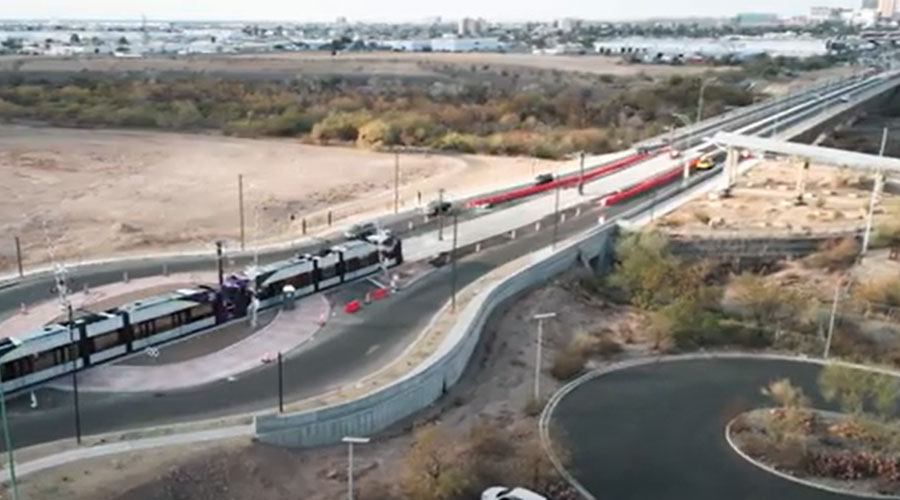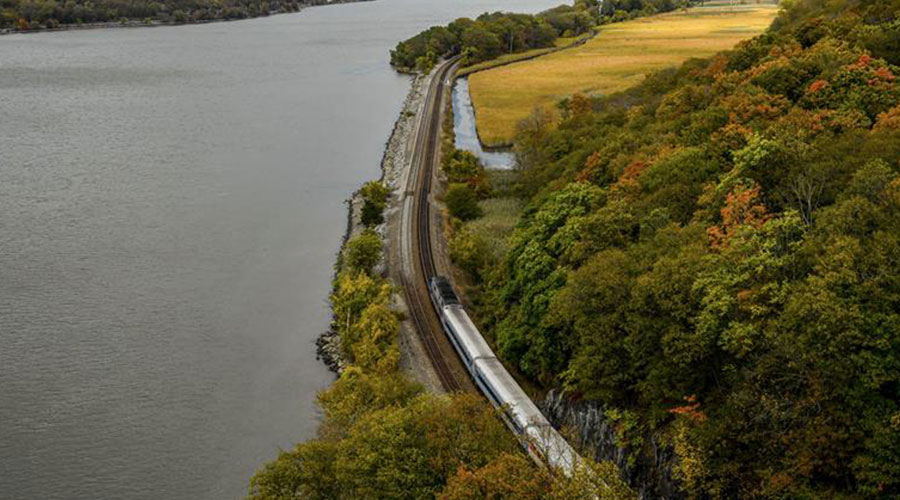Newsletter Sign Up
Stay updated on news, articles and information for the rail industry
Stay updated on news, articles and information for the rail industry
RAIL EMPLOYMENT & NOTICES
Rail News Home
Rail Industry Trends
Rail News: Rail Industry Trends
9/11/2009
Rail News: Rail Industry Trends
Signs of hope in latest North American rail traffic tallies
advertisement
Heading into Labor Day weekend, U.S. railroads’ traffic slowed, but not as dramatically as weeks past. During the week ending Sept. 5, the roads originated 284,715 carloads, down 6.7 percent, and 201,239 intermodal loads, down 0.2 percent compared with volumes from the same week last year, according to the Association of American Railroads (AAR).
Canadian railroads reported weekly volume of 64,461 carloads, down 14 percent, and 44,656 intermodal loads, down 4.9 percent. For Mexican railroads, carload volume fell 33.6 percent to 10,867 units and intermodal volume tumbled 30.4 percent to 6,676 units.
The AAR also reported August traffic totals for U.S. railroads, whose carloads declined 16.4 percent to 1.1 million units and intermodal volume decreased 16.7 percent compared with August 2008 totals.
"August was another month where we are seeing traffic data moving in the right direction — but we are still in a wait-and-see mode," said AAR Senior Vice President of Policy and Economics John Gray in a prepared statement. "Railroads are beginning to bring cars out of storage — a promising sign there is growing demand to move more things by rail.”
Such as autos, which posted a 40 percent traffic increase in August to 44,272 units primarily because of the federal "Cash for Clunkers" program. BNSF Railway Co. attributes its best auto-carrying month so far this year to the program. Auto loadings, which were down 38 percent though August, fell only 18 percent last month on a year-over-year basis.
"The success of the 'Cash for Clunkers' program left many dealers' inventory levels at historically low levels," said Marc Allen, BNSF assistance vice president-consumer products, in an item posted on the “BNSF News” Web site. "Most manufacturers have announced plans to increase production in the third and fourth quarters which will translate into stronger BNSF rail volumes for us at the end of this year."
Canadian railroads reported weekly volume of 64,461 carloads, down 14 percent, and 44,656 intermodal loads, down 4.9 percent. For Mexican railroads, carload volume fell 33.6 percent to 10,867 units and intermodal volume tumbled 30.4 percent to 6,676 units.
The AAR also reported August traffic totals for U.S. railroads, whose carloads declined 16.4 percent to 1.1 million units and intermodal volume decreased 16.7 percent compared with August 2008 totals.
"August was another month where we are seeing traffic data moving in the right direction — but we are still in a wait-and-see mode," said AAR Senior Vice President of Policy and Economics John Gray in a prepared statement. "Railroads are beginning to bring cars out of storage — a promising sign there is growing demand to move more things by rail.”
Such as autos, which posted a 40 percent traffic increase in August to 44,272 units primarily because of the federal "Cash for Clunkers" program. BNSF Railway Co. attributes its best auto-carrying month so far this year to the program. Auto loadings, which were down 38 percent though August, fell only 18 percent last month on a year-over-year basis.
"The success of the 'Cash for Clunkers' program left many dealers' inventory levels at historically low levels," said Marc Allen, BNSF assistance vice president-consumer products, in an item posted on the “BNSF News” Web site. "Most manufacturers have announced plans to increase production in the third and fourth quarters which will translate into stronger BNSF rail volumes for us at the end of this year."


 2025 MOW Spending Report: Passenger-rail programs
2025 MOW Spending Report: Passenger-rail programs
 Gardner steps down as Amtrak CEO
Gardner steps down as Amtrak CEO
 Guest comment: Oliver Wyman’s David Hunt
Guest comment: Oliver Wyman’s David Hunt
 Women of Influence in Rail eBook
Women of Influence in Rail eBook
 railPrime
railPrime







